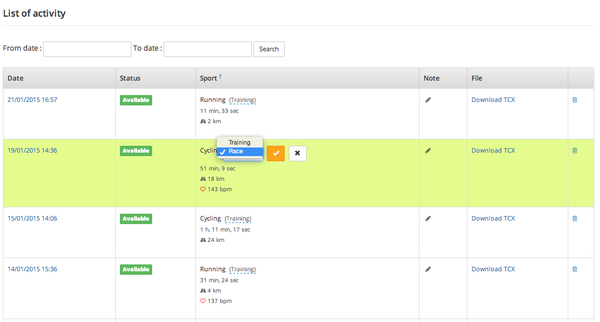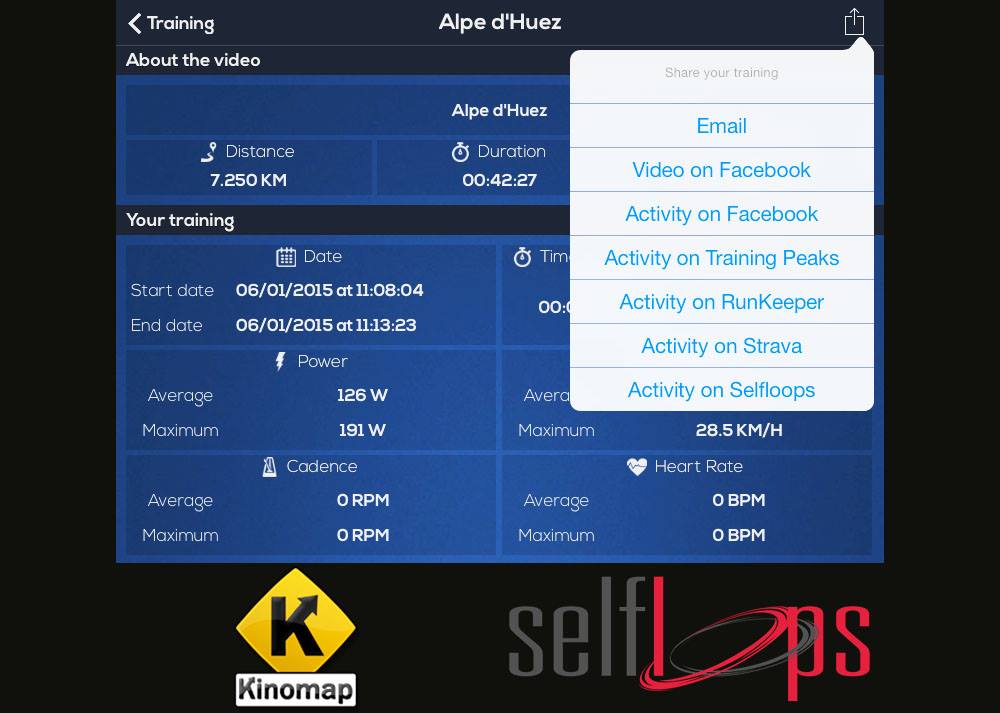The white-rumped sandpiper, Calidris fuscicollis, is one of the birds that engages in stupendous travels.
This shorebird, barely larger than a sparrow, breeds north of the Arctic Circle. In the fall, like the blackpoll warblet, it migrates east across the American continent to the north-eastern shores. Slimmed down, it again fattens up before embarking on a nonstop journey of 2,900 miles lasting at least three days and nights. At the end of that flight, the flocks reach Suriname, on the north coast of south America.
As in all long-distance travel, energy supplies are vital for success. The bird requires rich feeding areas for fueling up to be able to embark on the third and final leg of their long journey, this one of 2,200 miles overland across the South American continent, the Amazon, and on to Argentina, at the southern tip of South America, to compete a total trip of more than 9,000 miles that spans the globe nearly pole to pole. The birds traveling involves a refined itinerary with major refueling stops at quite specific and essential wetlands and undisturbed coastline feeding areas. At the end of each of their epic fall and spring migrations, the birds again reach continuous daylight, after having just come from the mid-night sun in either the Northern or Southern Hemisphere. In short, except for the days in transit, the world they experience most of the year is without nights; this enables continual feeding, frolicking, and flying.
From the book “Why we run” by Bernd Heinrich.


